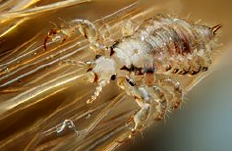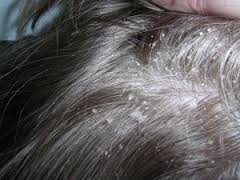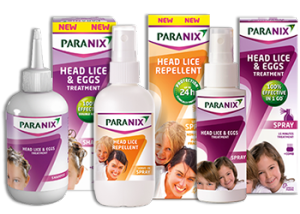Is your child dirty if they have contracted head lice?
If your child has lice, it does not make them dirty. Originally there was a myth that stated that head lice were only attracted to dirty hair. This myth was then changed to state that lice are only attracted to clean hair. Although this is not so widely believed, it is proven that lice are not concerned with whether their future home provider has clean or dirty hair, it’s the blood they’re after!
Do you remember when you were a child? Do you remember having lice or a friend having lice? Which myth was rife in those days? Do you know that the only thing that lice require is human blood? They are not concerned in the least about the hygienic state of your hair. The lice are dependent on human blood for survival, without the blood the lice will only live for approximately 24-48 hours. They are spread through head-to-head contact, or sharing things like hats, scarves and hairbrushes.
School environments are a great feeding ground for lice but this does not make the school dirty or unhygienic if they are found to have a student with lice. Schools should be notified immediately if a child has lice in order for the necessary steps to be taken. It is important that as soon as you are made aware of a lice infestation at your child’s school, you should assess your child’s hair and take the necessary treatment actions. If your child does not have lice, it is prudent to purchase a preventative product, like Paranix Repellent Spray, to avoid an infestation.
A vital piece of information to ease your mind is that head lice are not known to spread diseases. Proper treatment, which most people can do at home, usually gets rid of head lice. The clinically proven Paranix range of treatment products are insecticide free, has the shortest treatment time, and includes a top quality, steel tooth comb with the product.
For the treatment procedure, a step by step tutorial is available online: www.paranix.eu


 Lice live on the scalp, as everyone knows, and likes playing hide and seek between the hair roots. Luckily (and unluckily) the give themselves away by biting and drinking blood, making the scalp itch, giving us the opportunity to declare lice war and get rid of them chop-chop with your friendly neighbourhood helper, Paranix. You don’t have to resort to pesticides.
Lice live on the scalp, as everyone knows, and likes playing hide and seek between the hair roots. Luckily (and unluckily) the give themselves away by biting and drinking blood, making the scalp itch, giving us the opportunity to declare lice war and get rid of them chop-chop with your friendly neighbourhood helper, Paranix. You don’t have to resort to pesticides. Scabies, on the other hand, are microscopic little mites, which lives on the skin of the body. In most cases, scabies develops only after close and prolonged contact with an infected person, but it can also be transmitted by sharing clothing (they hide in the seams), towels and bedding. Scabies can live in bedding for 24 hours or even more! Severe itching is the primary symptom. This is caused by the female mite, which burrows into the skin, lays her egges and produces toxins that cause allergic reactions, which causes this maddening itch. Small red bumps can then form on the skin.
Scabies, on the other hand, are microscopic little mites, which lives on the skin of the body. In most cases, scabies develops only after close and prolonged contact with an infected person, but it can also be transmitted by sharing clothing (they hide in the seams), towels and bedding. Scabies can live in bedding for 24 hours or even more! Severe itching is the primary symptom. This is caused by the female mite, which burrows into the skin, lays her egges and produces toxins that cause allergic reactions, which causes this maddening itch. Small red bumps can then form on the skin.

